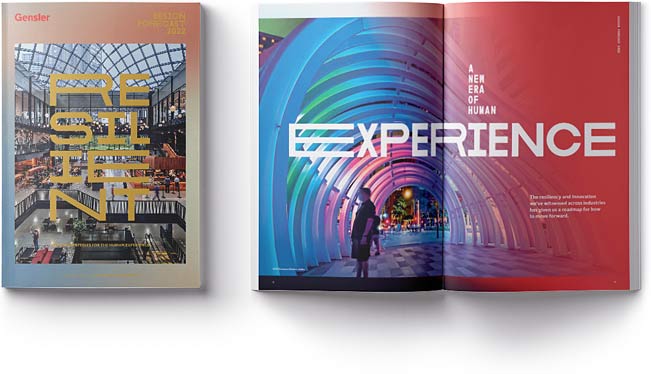MIXED USE &
RETAIL CENTERS
Mixed-use developers have an increasingly keen understanding of how their developments contribute to and benefit the overall community. Residents, guests, and customers are now conscious of how their own neighborhoods affect their health and happiness. Mixed-use developers are following suit with the perks and flexibility needed to best accommodate people and businesses alike.
Toyota Music Factory, Irving, Texas
01
Open space has become a necessary asset.
The pandemic forced retailers to reprioritize open space as an essential part of their layouts. Open space allowed businesses to stay running during the pandemic shutdowns. Now it’s a way to future-proof for potential disruptions since it readily can be adapted for new uses. Communities have come to value open areas for their mixed-use capabilities and seamless integration into the public ecosystem
02
Biophilic design principles are trending up.
Biophilic design principles are increasingly driving design plans because of their prioritization of public health and sustainability. Integrated green spaces encourage better mental health and well-being by promoting more human reconnection with nature, and they can turn urban industrial spaces into ecologically beneficial areas. The result is a design that is better received by the public and the natural environment.
03
Communities increasingly want 20-minute neighborhoods.
Mixed-use spaces are crucial for achieving “20-minute neighborhoods,” a concept in which every commercial, residential, and institutional need is within a 20-minute walk or bike ride of each other. Mixed-use developments help facilitate walkability by reimagining single-use residential and commercial blocks as multiuse spaces that cater to a variety of needs and experiences.
04
Micromobility will continue to displace car traffic.
New mixed-use projects are being designed with micromobility in mind from the start, specifically favoring hop-on shuttles, electric scooters, and bike shares. Many cities now require new developments to be sustainable or net zero, so reducing car traffic is an easy way to meet such mandates. As a result, street space is being reclaimed for parks, outdoor dining, and a variety of uses besides driving and parking.
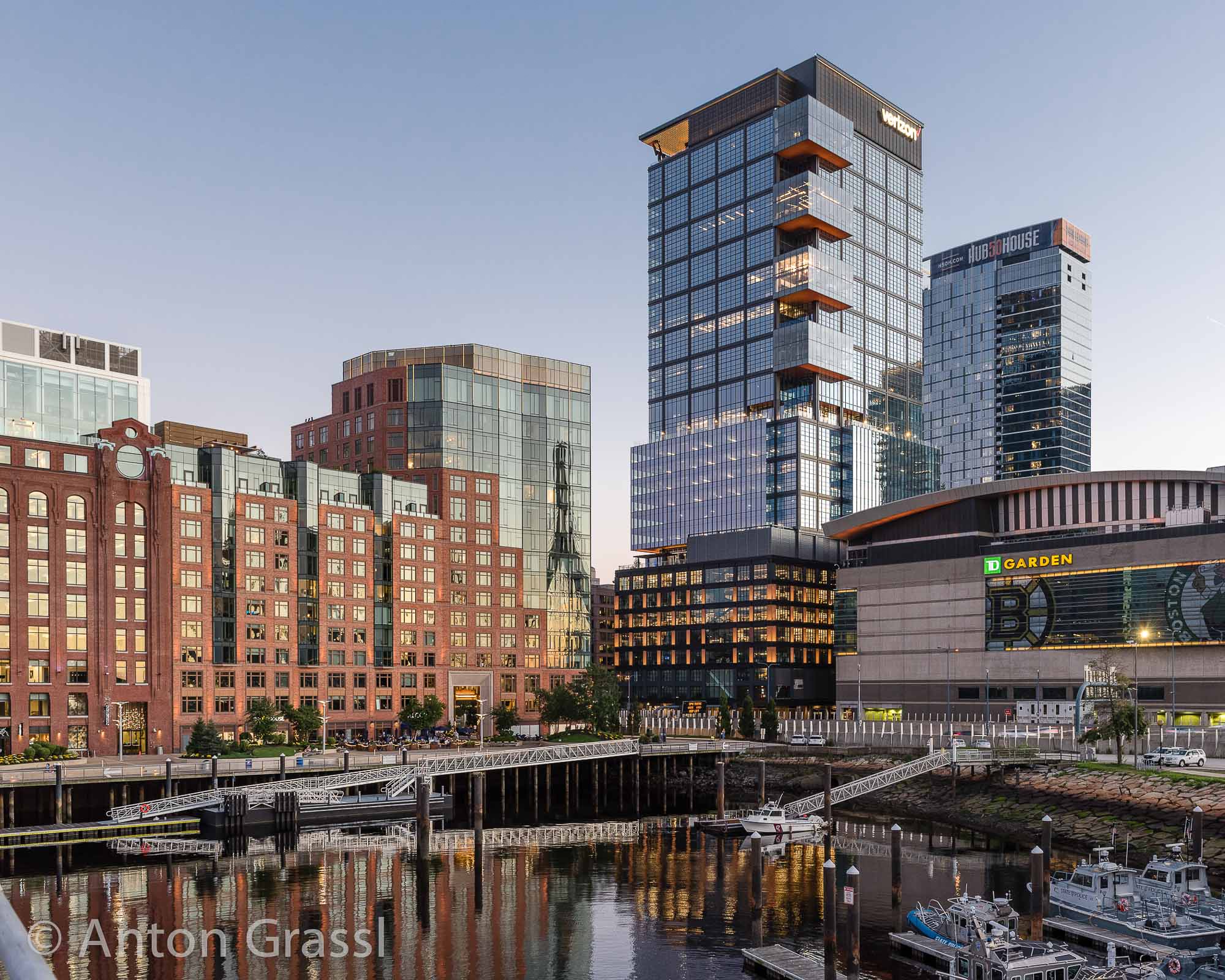
The Hub on Causeway, Boston
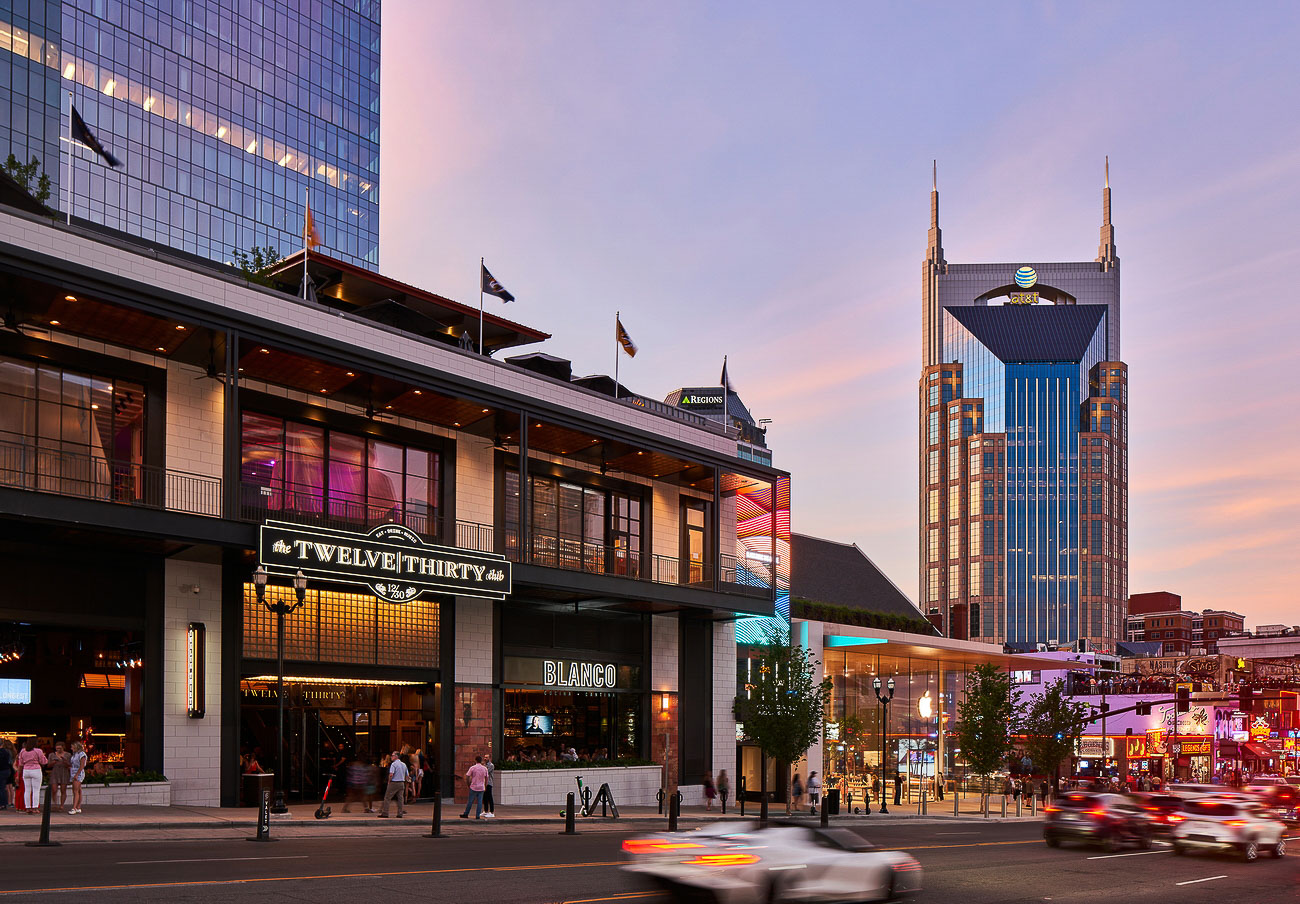
Fifth + Broadway, Nashville, Tenn.
Places that support a variety of activities and behaviors yield better experiences overall. The best environments support a diversity of activities and experiences.
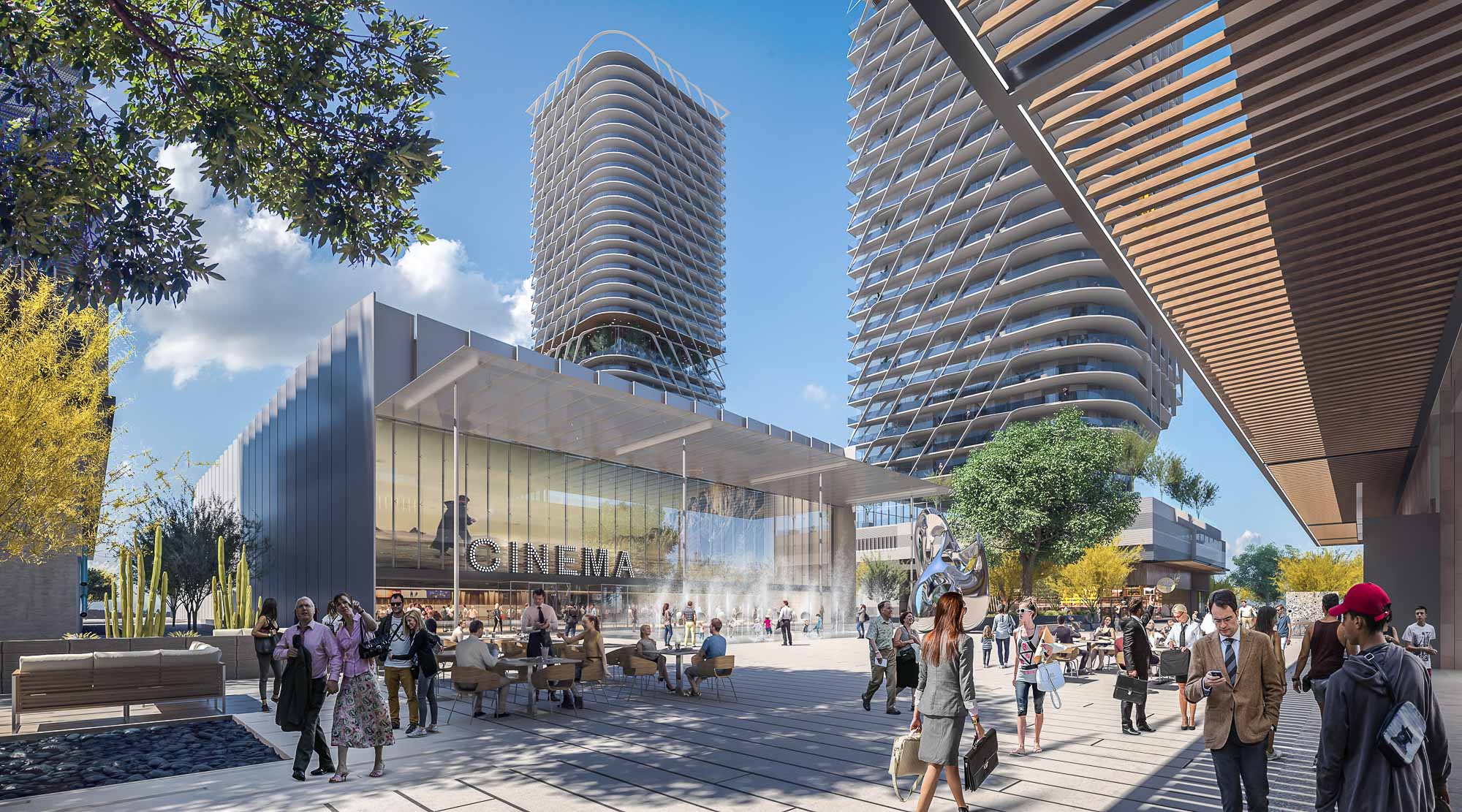
The Central Park, Phoenix
This catalytic mixed-use development offers a rich experience for tenants, residents, and visitors, giving new life to Phoenix’s mid-town market. The integrated live, work, and play community includes office, hotel, residential, and retail space, as well as an outdoor plaza. The design fuses nature, culture, and leisure to produce a distinct sense of place.
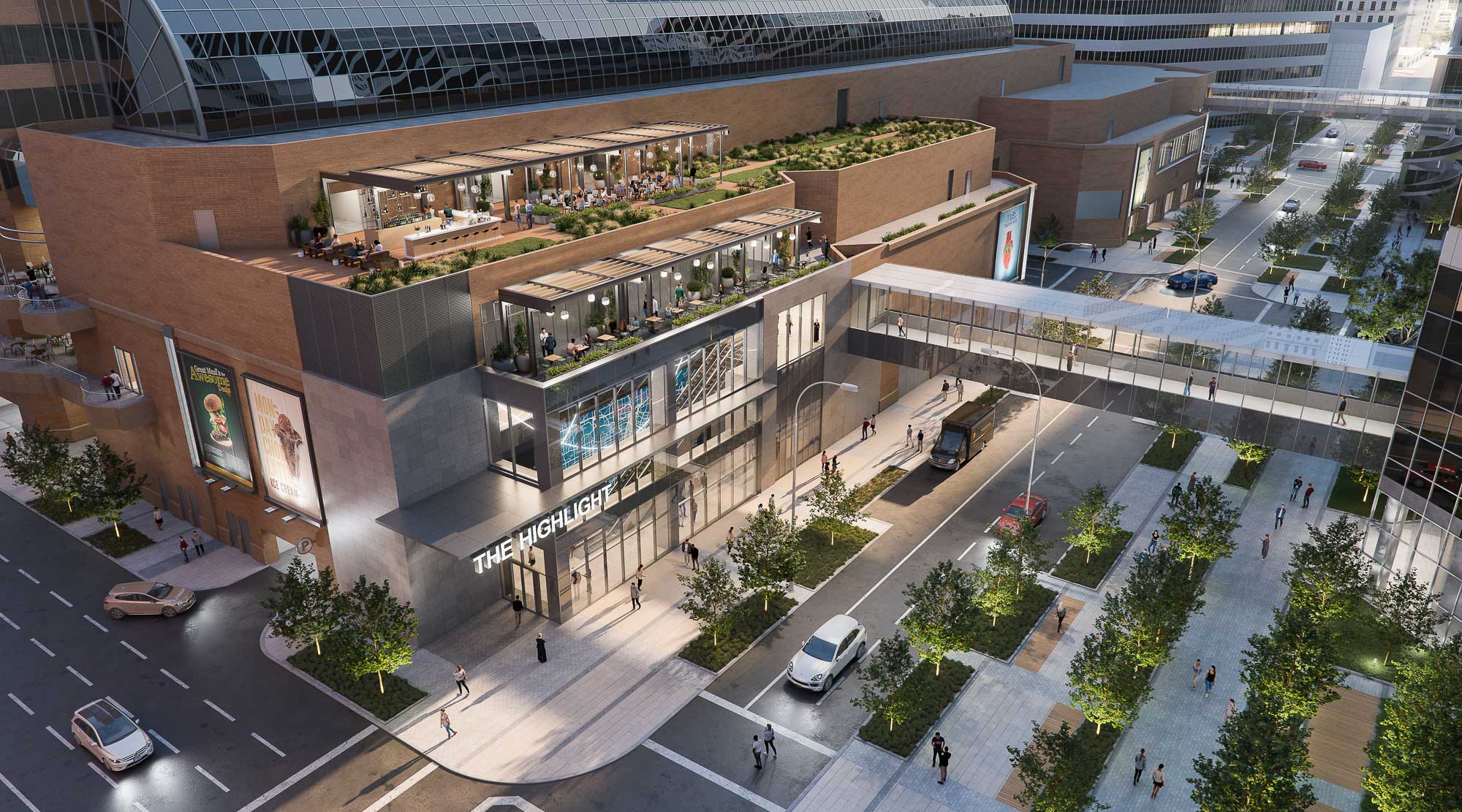
The Highlight at Houston Center, Houston
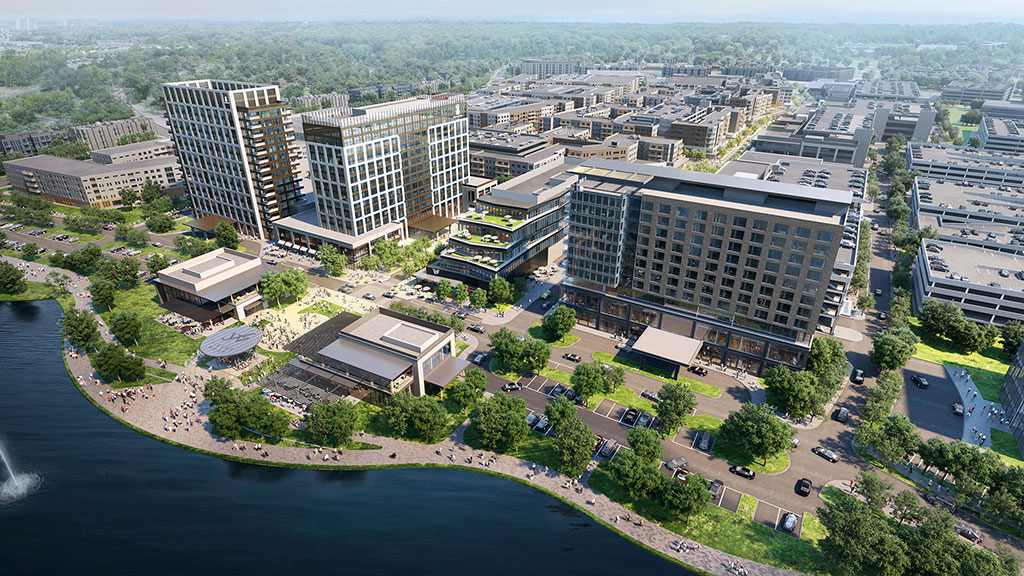
What Two Mixed-Use Districts Reveal About Successful Retail and Placemaking
Lessons from two mixed-use destinations in Texas reinforce the value of adaptability and careful placemaking for large, retail-centered developments.
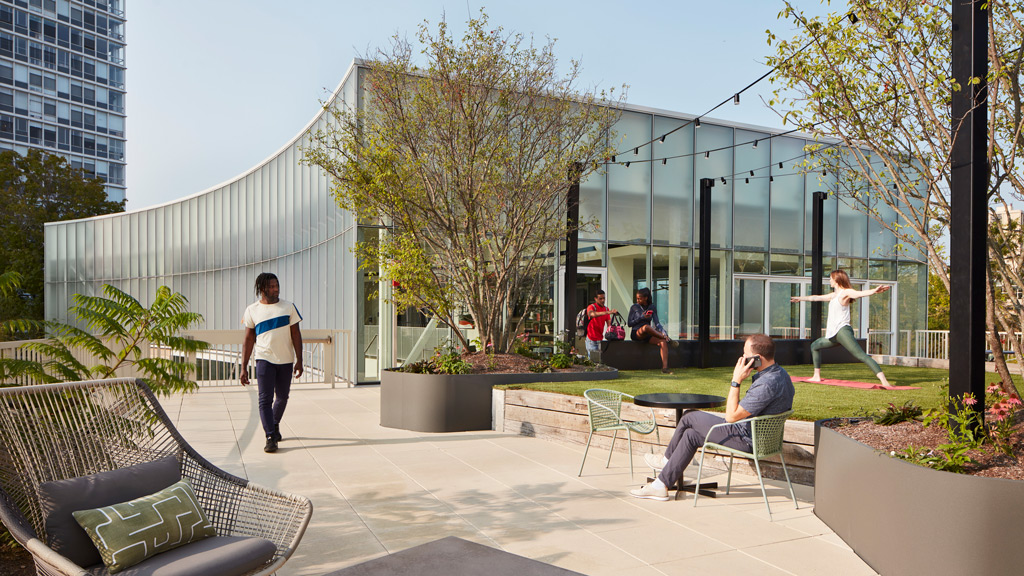
Uncovering Growth: Wellness Real Estate Across the Market
An increased emphasis on physical, emotional, and social health has had a significant impact on the goods, services, and spaces that support peoples’ overall well-being.
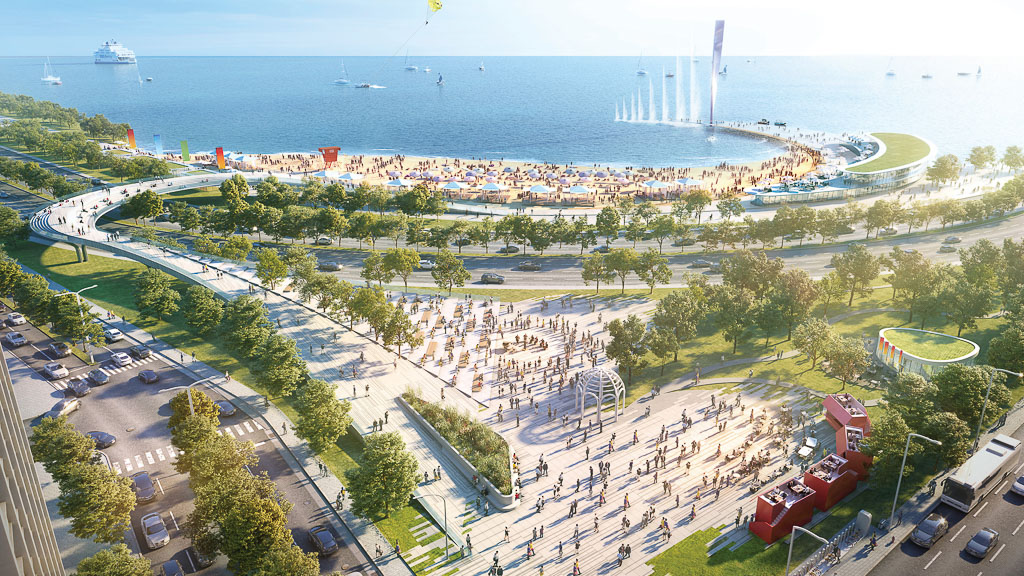
Reimagining North Michigan Avenue: A New Era for Chicago’s High Street
Gensler’s study envisions a series of interventions to create an engaging experience on one of the world’s most iconic high streets.
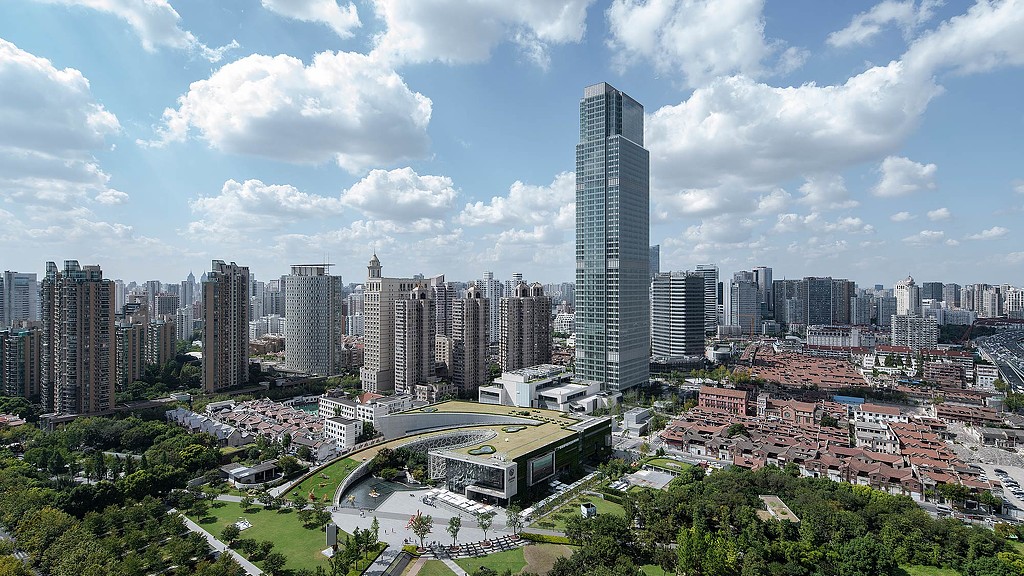
One Museum Place
Shanghai, China
One Museum Place is a LEED Platinum, pre-certified, Grade A office and retail tower, designed by Gensler, at the heart of the Jing'an district.
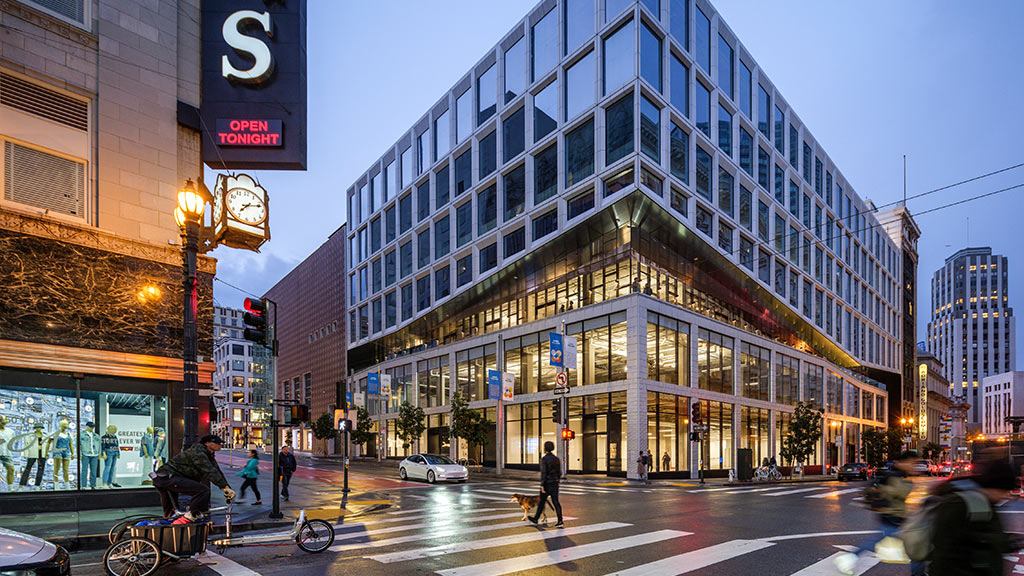
100 Stockton
San Francisco, California
100 Stockton Street is a repositioning project of the former Macy’s Men’s Store, located steps from the iconic Union Square in San Francisco.
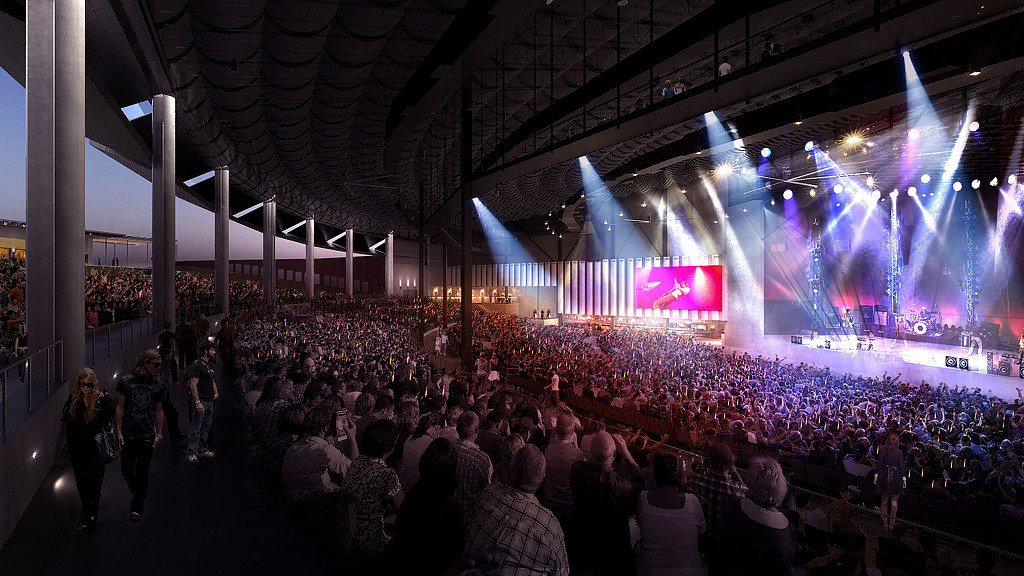
Toyota Music Factory
Irving, Texas
Toyota Music Factory in Irving hosts a variety of bars and musical venues, each with a distinctly-themed musical component allow everyone, from rap to country fans, to mingle together among the indoor and outdoor spaces.
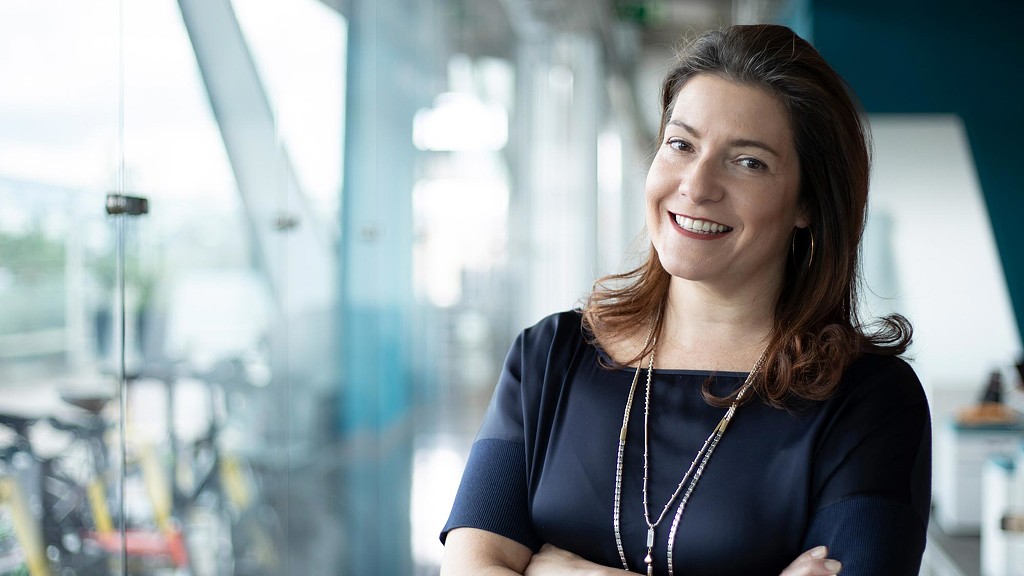
Beatriz De Paz
Design Director
As a Design Director for Gensler’s Latin America region, Bea has been a key player and a design leader in complex and outstanding interdisciplinary projects, such as the Shanghai...
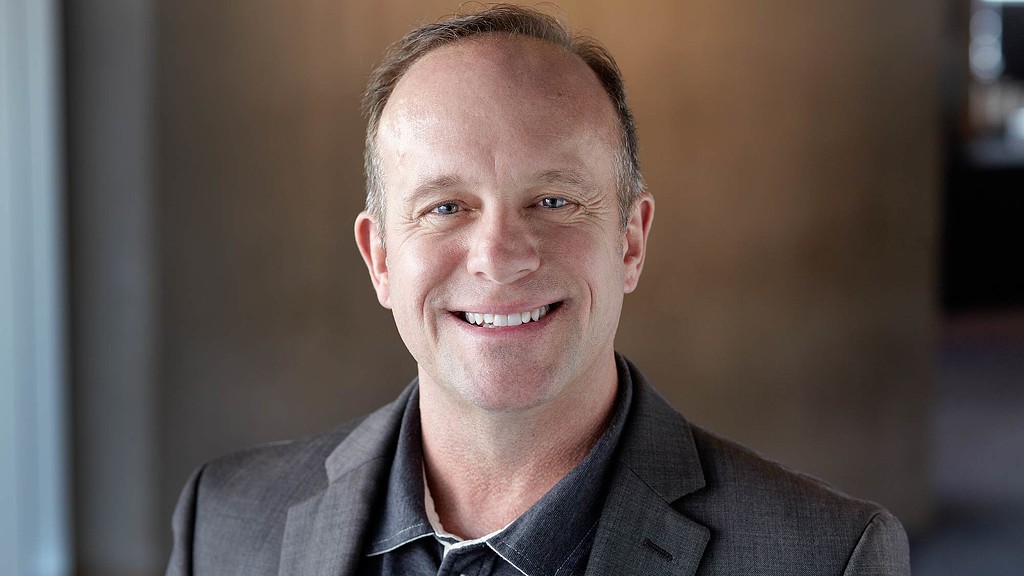
J.F. Finn, III
Mixed Use & Retail Centers Leader, Principal
J.F. is a global leader in Gensler’s Mixed Use & Retail Centers practice, based in our Los Angeles office. He has devoted more than 35 years of professional experience to the...
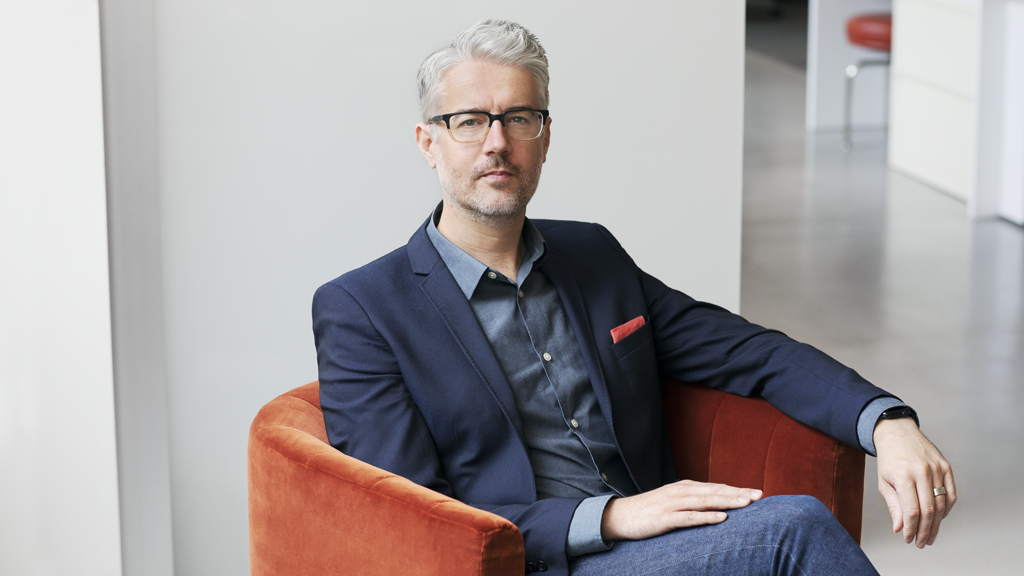
Michael Townsend
Mixed Use & Retail Centers Leader, Design Director, Principal
Michael is an award-winning Design Director and Mixed Use & Retail Centers Leader for Gensler’s North Central region. A Principal based in Gensler’s Chicago office, he brings...
